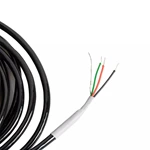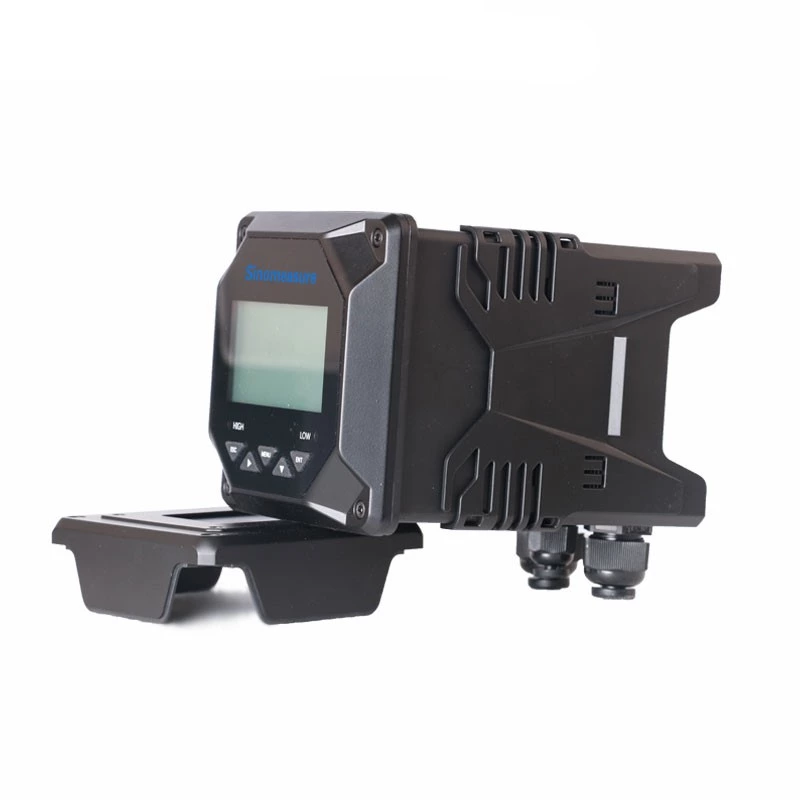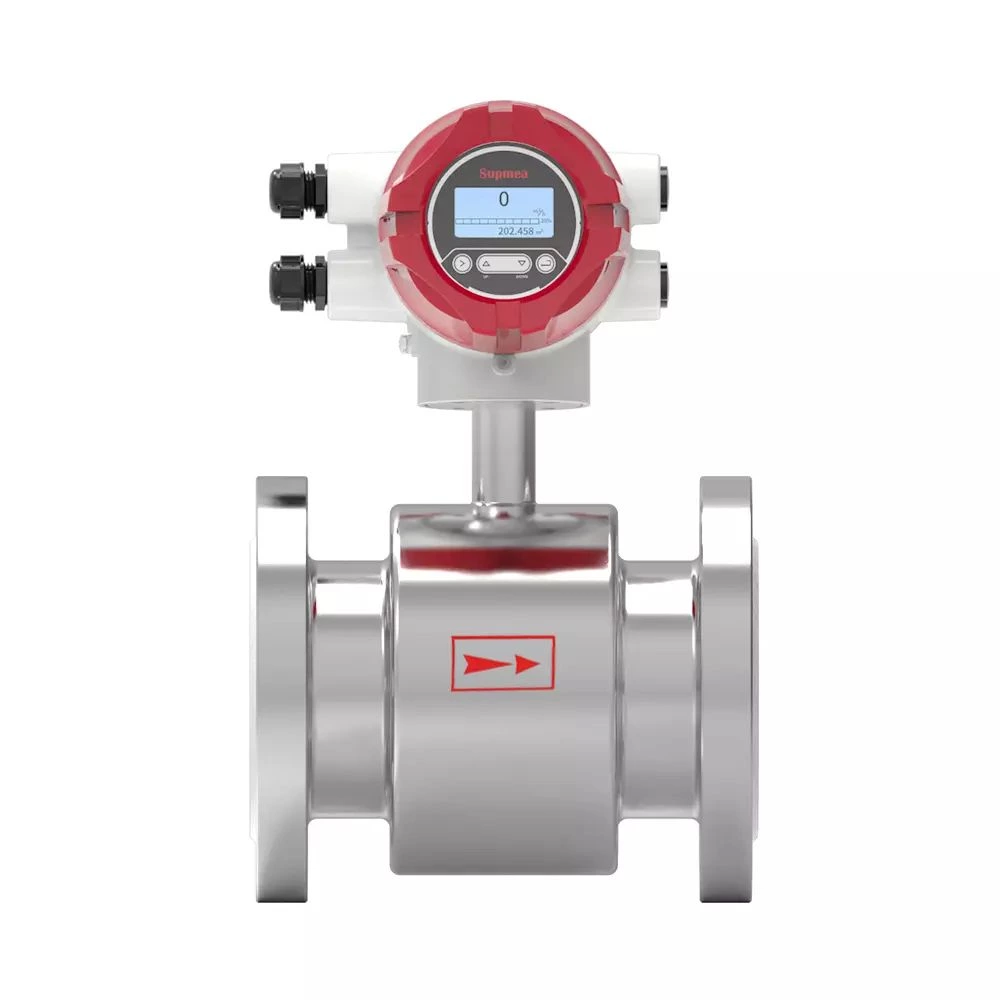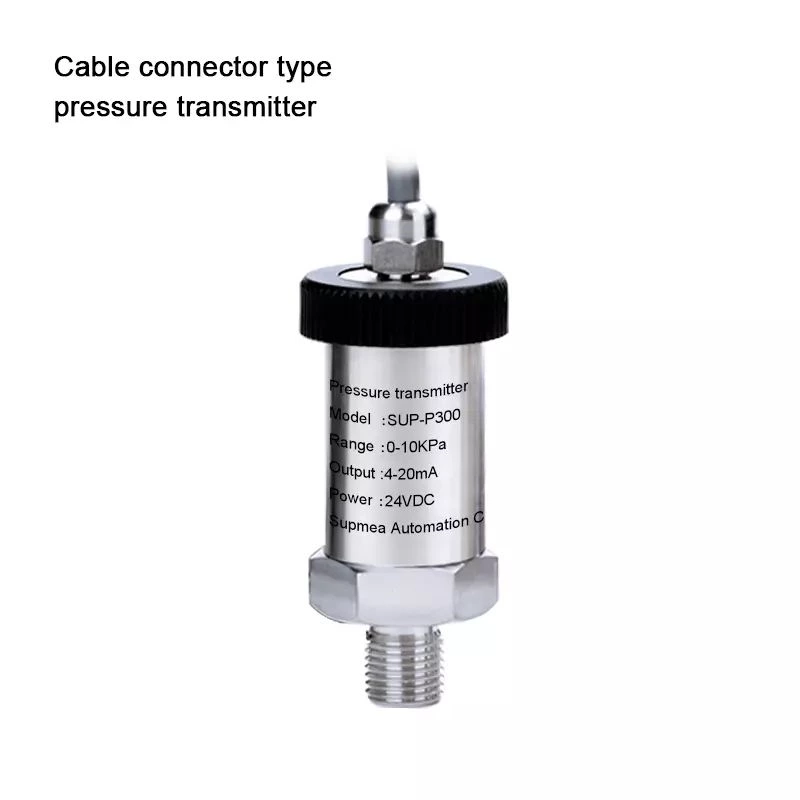-
Introduction
An inductive conductivity sensor is an electronic device used to measure the electrical conductivity of a liquid. It works by placing a two-wire inductive coil in the sample and measuring the voltage generated by the induction current. The readings from the device can be used to determine the concentration of electrolytes in the sample, as well as the chemical composition of the liquid. Inductive conductivity sensors are widely used in water treatment and other industries for monitoring water quality. They are also used in research applications to study the effects of different substances on the conductivity of a liquid.
-
Specification
| Product | TDS sensor, Graphite conductivity electrode |
| Model | SIN-TDS-7003 |
| Range | 0.1us/cm~70ms/cm |
| Accuracy | ±1%FS |
| Electrode constant | 1.0 |
| Pressure | 3 bar |
| Material | PPS+POM+Graphite |
| Installation | G3/4/NPT3/4, pipeline/flow-through/submerged installation |
| Cable | Electrode cable length 5m (Other lengths can be customized) |
Due to its excellent electrical conductivity and corrosion resistance, graphite is very suitable for conductivity measurement in various occasions, especially for some corrosive sewage and production process water. Compared with the traditional metal electrode, the bipolar graphite electrode made of graphite material has a wider measurement range: 0.1us/cm~70ms/cm.
-
Features
Integrated parallel graphite structure, stable and accurate constant. Simple structure, easy to clean
Multiple temperature compensation choices include: NTC22K and other temperature compensation options.
K=1.0. Conductivity measurements from pure water to seawater can be covered.
























